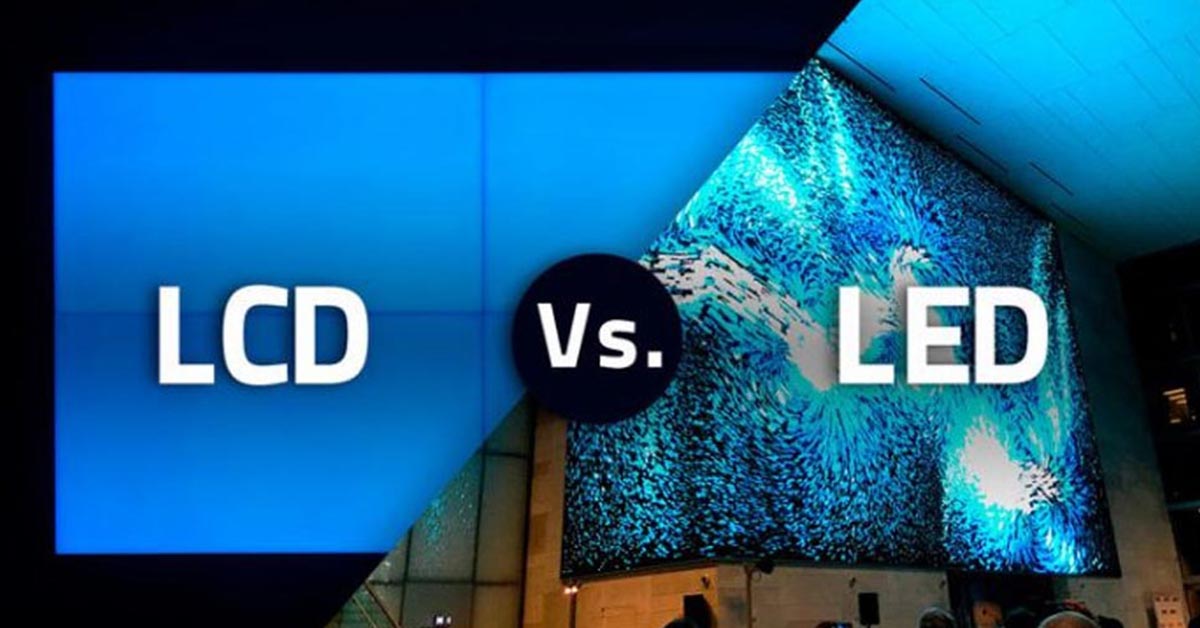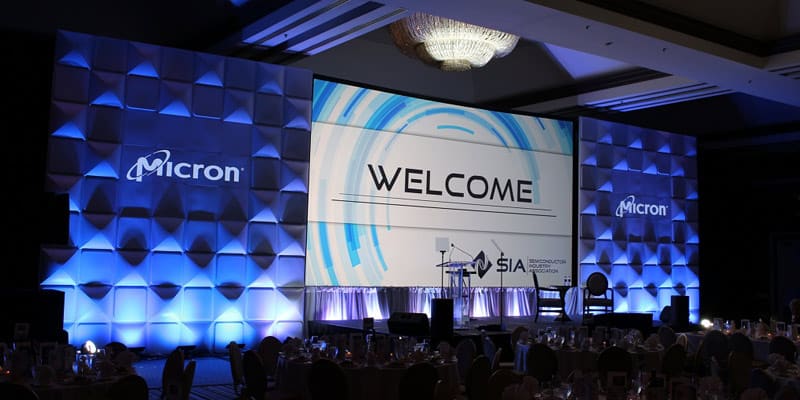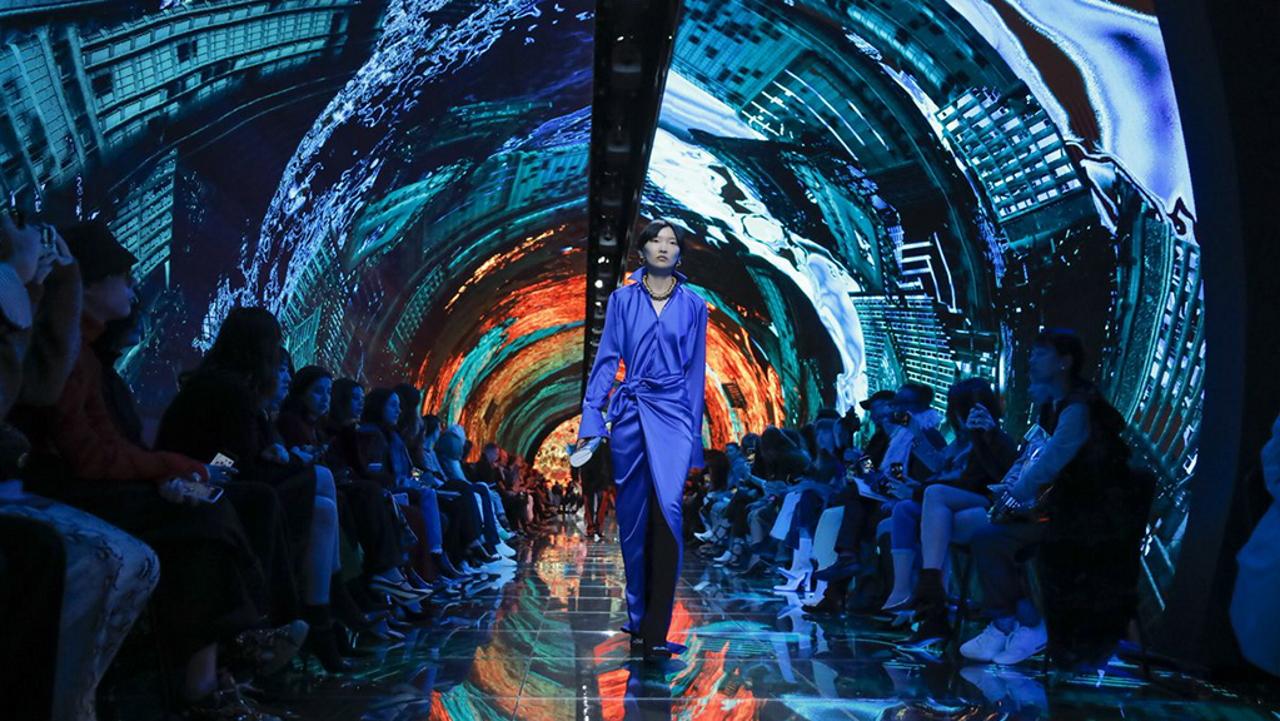

Pop-up events aren’t just about making noise—they’re about making an impression. Whether you’re launching a limited-edition product, testing a new retail concept, or reintroducing a brand in a fresh space, your visual presentation matters. A lot.
So when it comes to show-stopping displays, many event producers and marketers find themselves weighing two options: transparent LED screens or projectors. Both are tools with unique strengths, but the difference between “cool” and “unforgettable” often comes down to visibility, flexibility, and impact.


Here’s what you need to know.
Projectors have long been a go-to for pop-ups. They’re portable, relatively affordable, and familiar. But there’s a catch: they need controlled lighting and a blank surface. In real-world event environments—sunlit storefronts, busy lobbies, open trade show floors—these requirements are a luxury.

That’s where the transparent LED screens shine—literally. Designed to operate in broad daylight with high brightness, ultra-thin LED panels, and clear display technology, transparent screens bring a new kind of presence. They don’t compete with the environment—they elevate it.

A glass LED screen in a boutique pop-up or a transparent LED screens for events allows content to float, almost holographically, over the physical product or space. It’s a visual experience that feels premium, immersive, and built for Instagram.

Projectors are often pitched as “plug and play,” but any event professional knows the reality is trickier. You’ll need the right distance for throw, power, a stable mount, and—most importantly—a perfectly flat, white projection surface. Any ambient light or foot traffic? That’s a problem.
In contrast, transparent screens for retail and pop-ups are designed to integrate into windows, booths, or glass panels—no dark room required. With transparent LED screens on glass technology and custom size transparent screens, they can be installed in tight corners, freestanding podiums, or suspended in front of merchandise.
This means less setup drama and more creative freedom, especially for activations in luxury store pop-ups, malls, or museum exhibits. With a transparent video wall, brands can push dynamic messaging while maintaining full visibility of the space behind.
In crowded environments—whether it’s a fashion week showroom or a weekend street market—projectors often get lost. Their visuals fade in ambient light, and their content can be blocked by something as simple as a passing shopper.
Meanwhile, a transparent OLED displays or transparent LED screens offer crisp visibility in daylight, designed specifically for attention-grabbing clarity. With pixel pitches and brightness levels tailored to viewing distance, these screens make content pop—without blocking sightlines or overwhelming your setup.

Brands looking to wow their audience with holographic display screens or interactive transparent displays have found that transparent screens offer that futuristic edge that turns heads—and drives social sharing.
While projectors may seem cheaper at first, the long-term equation tells another story. Bulbs need replacing, image quality degrades, and setup hassles accumulate with each event.
Transparent LED screens, on the other hand, are built to last. With lifespans often reaching 50,000+ hours, these displays can be reused across multiple activations—from retail launches to art installations. And because they’re modular, they scale with your event needs.
Through trusted partners like SeeThruDisplay, brands can rent transparent screens in cities like Los Angeles, or order custom transparent screen builds for global campaigns. The versatility of transparent displays means you’re not locked into one kind of use—they work just as well in showrooms, storefront windows, car displays, or digital signage for boutiques.
As consumer attention spans shrink, the display experience has to do more than inform—it has to seduce. Projectors have their place in low-light, theater-style settings, but pop-ups demand something sharper, sleeker, and more premium.
With transparent signage for pop-ups, see-through advertising screens, and retail window LED displays, brands can tell stories in layers—projecting digital animation, video, or messaging without sacrificing the look and feel of the space. The result? A multidimensional brand expression that draws people in instead of pushing content out.
In most modern pop-up scenarios, the transparent LED display takes the edge. It delivers on all fronts: visual clarity, installation ease, flexibility, and reusability. And with interactive ad screen options and the rise of transparent advertising solutions for luxury brands and high-end retailers, the gap between projector and LED is wider than ever.
If you’re planning a high-impact activation and wondering whether to stick with the old tools or step into the future, ask yourself this: Do you want your audience to watch, or remember?
Transparent screens don’t just display content—they become part of the experience. And in the world of pop-ups, experience is everything.